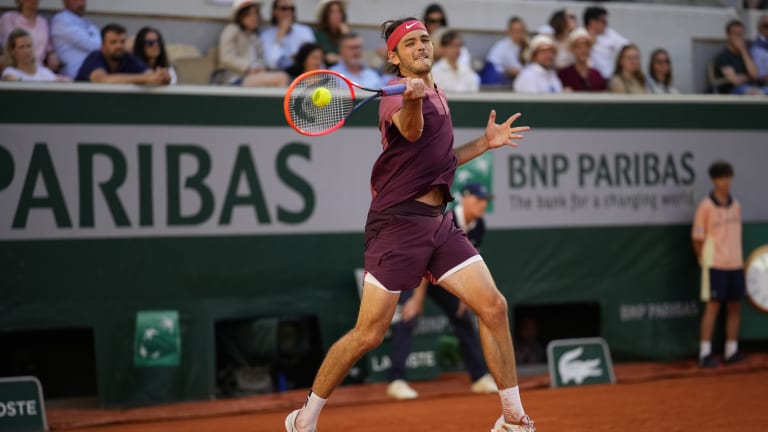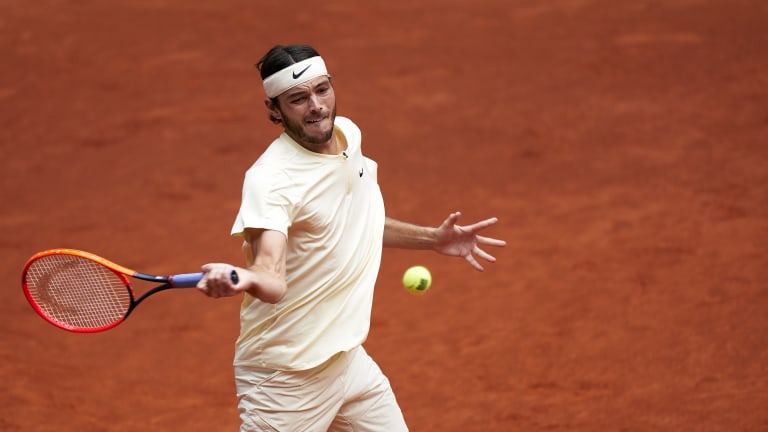Your Game
TECH Talk: Taylor Fritz’s game-winning forehand
By Jun 29, 2023Your Game
Tecnifibre releases special-edition Danille Collins pickleball paddle
By Oct 04, 2025Your Game
Racquet Preview: Solinco unveils Blackout V2
By Sep 24, 2025Your Game
Geared Up: Victoria Mboko is turning heads in all Wilson
By Sep 23, 2025Your Game
Racquet Review: Dunlop CX 200 (18x20) Limited Edition
By Sep 17, 2025Your Game
Racquet Review: Wilson Ultra Pro 99 v5
By Sep 14, 2025Your Game
Yonex goes dark on Percept racquet line
By Aug 28, 2025Your Game
Babolat gives the Pure Strike a makeover with carbon grey cosmetic
By Aug 25, 2025Your Game
Head launches second edition of Speed Legend series
By Aug 24, 2025Your Game
Asics releases its Night Energy Collection
By Aug 23, 2025TECH Talk: Taylor Fritz’s game-winning forehand
The top-ranked American uses a unique—and rather extreme—forehand grip that makes all the difference.
Published Jun 29, 2023
Advertising

Fritz prefers his forehand to his backhand.
© GLENN GERVOT
Advertising

From this angle, the extreme forehand grip is evident.
© Getty Images